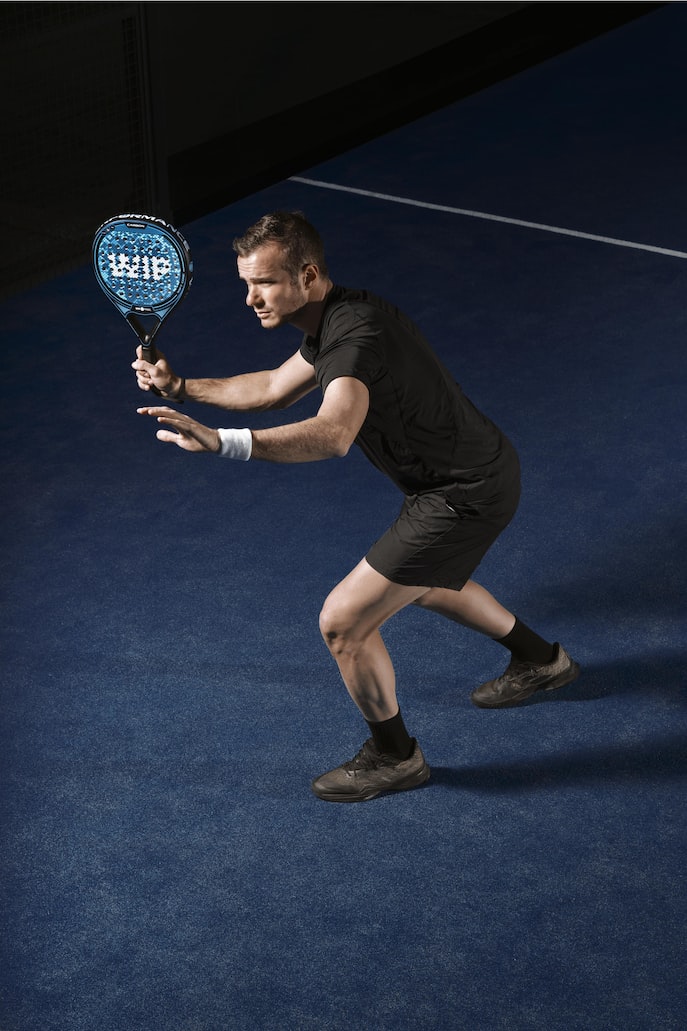The Ultimate Guide to Padel Fundamentals: Key Techniques and Strategies
4 min read
The Ultimate Guide to Padel Fundamentals: Key Techniques and Strategies
Padel, a relatively new racket sport, is gaining popularity across the world. It’s a fun game that’s ideal for people of all ages and fitness levels. If you’re interested in playing padel, it’s important to learn the fundamentals of the game before hitting the court. This ultimate guide to padel fundamentals will teach you the key techniques and strategies that you need to know to excel at this exciting sport.
What is Padel?
Padel is a racket sport that originated in Mexico in the 1960s. It’s similar to tennis, but it’s played on a smaller court and with specialized paddles. The game can be played as singles or doubles and is played in a glass-walled court that resembles a squash court.
The Basics of Padel
Before we dive into the key techniques and strategies of padel, it’s important to understand the basics of the game. Here’s a quick overview:
– Padel is played on a court that measures 20 x 10 meters.
– The court is divided into two halves by a net.
– The ball is served diagonally and must land in the opposite service box.
– After the serve, the ball is allowed to bounce once on the ground before it is returned.
– The ball can also be returned before it bounces, but only if it is hit on the volley, without letting it touch the ground.
– The game is won by the first team to win two sets, with each set being won by the first team to reach six games.
Key Techniques of Padel
1. The Serve
The serve is a crucial element of padel. A strong serve can throw off your opponent and give you the advantage in the game. When serving in padel, it’s important to aim for the corner of the service box. This will force your opponent to return the ball from a difficult angle. Additionally, it’s important to mix up your serves to keep your opponent guessing. You can try a lob serve, a spin serve or a flat serve.
2. The Return of Serve
When returning a serve, it’s important to read the spin of the ball and anticipate where it will bounce. A good return of serve will put your opponent on the defensive and give you the opportunity to take control of the point. A well-placed return of serve can put pressure on the serving team and make it more difficult for them to win the point.
3. The Volley
In padel, the volley is one of the most important shots. A good volley can put your opponent on the defensive and give you control of the point. When hitting a volley, it’s important to use short and quick swings to ensure that you make contact with the ball before it bounces. Additionally, it’s important to keep your eye on the ball and be ready to move quickly to cover the court.
4. The Lob
The lob is a useful shot in padel that can be used to surprise your opponent and put them on the defensive. When hitting a lob, it’s important to aim high and deep to give the ball enough height to clear the net and land in the back of the court. Additionally, it’s important to disguise your lob to keep your opponent guessing.
5. The Smash
The smash is a powerful shot that can be used to end a point quickly. When hitting a smash, it’s important to use a high follow-through to generate power and aim for the corners of the court to make it difficult for your opponent to return the ball.
Padel Strategies
1. The Lob Strategy
The lob strategy is a useful technique in padel that involves hitting high lobs to force your opponents to the back of the court. This strategy can be especially effective against aggressive players who like to attack the net. By hitting high lobs, you can force your opponent to retreat to the baseline, giving you time to take control of the point.
2. The Attack Strategy
The attack strategy is all about putting pressure on your opponent and forcing them to make mistakes. To use this strategy, you need to be aggressive in your play and look for opportunities to hit winners. One way to do this is by hitting the ball hard and low to force your opponent to hit a weak return that you can capitalize on.
3. The Defensive Strategy
The defensive strategy is all about playing it safe and waiting for your opponent to make a mistake. To use this strategy, you need to be patient and focus on returning the ball consistently. This strategy can be especially effective against aggressive players who are prone to making errors when they try to force the issue.
4. The Net Play Strategy
The net play strategy is all about dominating the net and forcing your opponent to hit defensive shots. To use this strategy, you need to be comfortable at the net and have good reflexes. By putting pressure on your opponent at the net, you can force them to hit high lobs, which you can then smash for winners.
Conclusion
Padel is an exciting sport that’s fun for players of all levels. By mastering the key techniques and strategies of the game, you can improve your play and become a more effective player. Whether you’re just starting out or you’re an experienced player, this ultimate guide to padel fundamentals will help you take your game to the next level.






